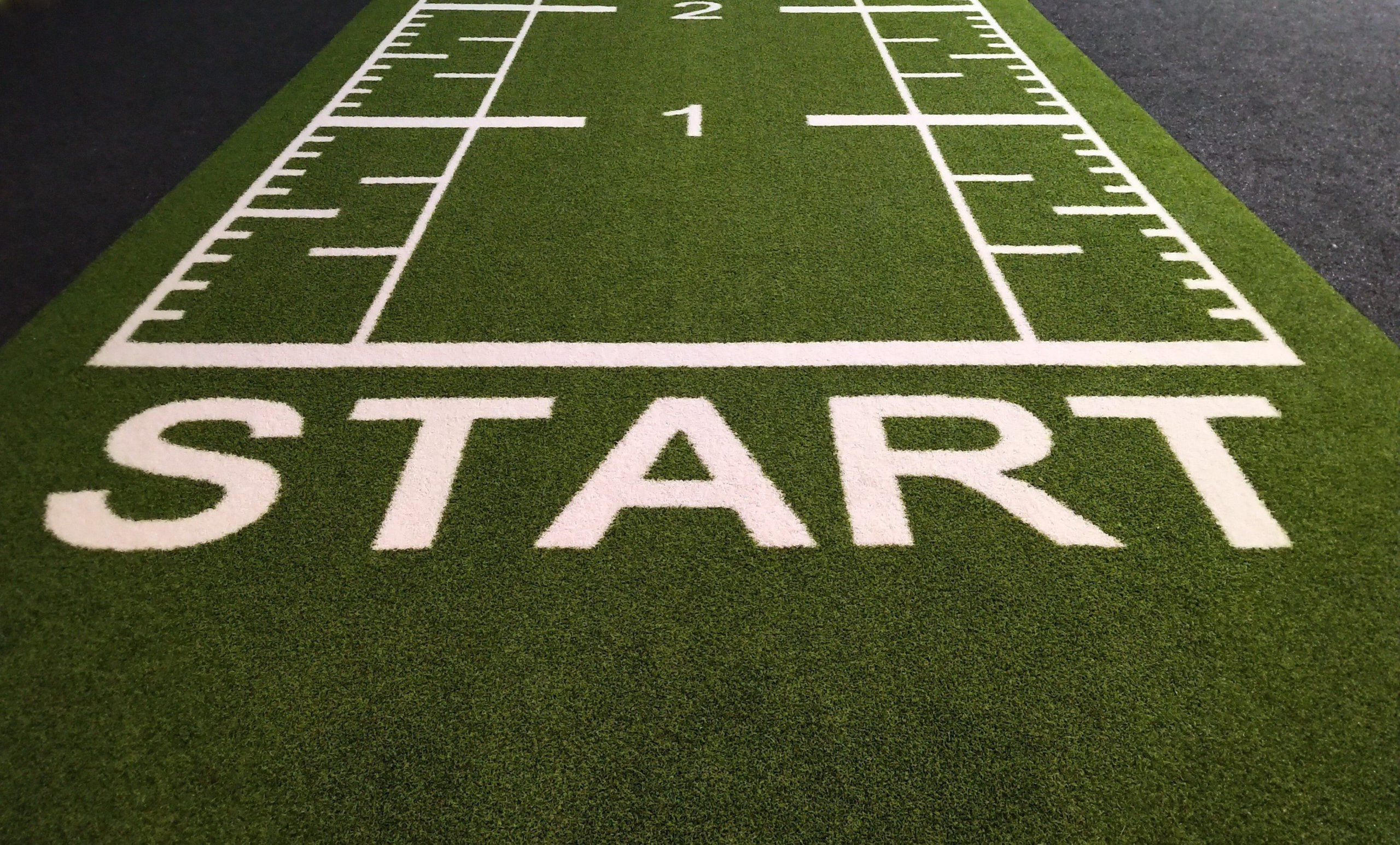So, you’ve decided to give low-code process automation a try and start your journey into using Microsoft Power Platform...Great! But where do you start?
When I started down the path of all things MS Power Platform nearly 5 years ago, there were almost no resources, outside of Microsoft’s documentation. Needless to say, I got my experience through the school of hard knocks. Now, with abundant resources and multiple ways to accomplish the same task, it can be overwhelming to know where to start.
Fear not! Getting started is simpler than you think.
Here are the top 5 things to get any MS Power Platform newbie started:
1. Start small and selfish!
With tons of potential use cases, it can be challenging to decide which one to tackle first. My recommendation - identify a small task you don’t like doing and automate it for yourself. The best way to launch a successful automation is to start with a familiar task.
Automated Personal Productivity Task Ideas Using Power Automate:
- Save all email attachments in OneDrive/Google Drive (beginner - There is even a template for this!).
- Create calendar events, when email reminders are received, to block time for monthly/quarterly/yearly training or other recurring tasks (intermediate).
- When accepting new meetings invitations, create a section/page in OneNote for easy note-taking at the ready (advanced).
2. Research
With an ever growing sea of resources out there - dive in! Don’t be afraid to go to the deepest parts either.
Research Tips:
- Bookmark the good ones, so you have a library of resources to refer back to.
- Don’t settle on the first method you find because there is usually something easier/more efficient/etc.
- If using a resource on youtube, don’t be afraid to ask questions in the comments.
- Keep an eye on the Microsoft Roadmap for the schedule of all the new features/functionality they are working on.
Some Of My Favorite Resources:
- For fundamentals: Learn | Microsoft Docs
- For specific functionality, here are some of my favorite youtube content creators:
3. Play!
Don’t be afraid to roll up your sleeves and start trying out the different Power Platform applications. I recommend starting with the Microsoft App In A Day PowerApps Training. This hands-on experience is a great way to get started. Also remember, it’s ok to fail - Failure is the best teacher!
“I have not failed. I've just found 10,000 ways that won't work.”
- Thomas A. Edison
4. Document, Document, Document!
Have you ever inherited something (a spreadsheet, application, etc.) you were expected to maintain, with no background information?
Make sure you write down what you do, preferably in a standardized format. The practice of documenting will not only help you if you need to replicate something, but it will also allow others to see what was done. Additionally, it is the first step in continuous improvement. After all, how can you improve if you don’t know what you did?
For guidance on standards, there are White Papers for nearly every MS application - all you have to do is a web search for them. Here are a couple to get you started:
5. Evolve
Once you have successfully created a few personal productivity automations, volunteer to automate something small for your company (sign up for quarterly pitch-in, annual awards nominations, etc.). Keep pushing the limits of MS Power Platform. After almost 5 years, I still find new functionality to leverage almost weekly and even discovered some new things to try while writing this blog post!
Happy automating, friends!
